Enhancing Library Spaces for Engagement and Exploration
Learning from Retail Design
Who doesn't love to shop? Well, maybe not everyone loves the act of shopping. But we can all appreciate the design of a well-thought-out retail space, can't we? While exploring the fascinating world of retail design and its insights, I noticed striking parallels between these principles and the modern design of school libraries.
Bridging Retail and Libraries: A Shared Goal
The retail industry's challenge of attracting younger shoppers looks a lot like today's libraries' pursuit of engaging students. Both seek to draw their target audience into physical spaces. Just as retailers study consumer behavior to optimize shopping experiences, librarians can adapt these tactics to curate immersive learning environments. Let's start by recognizing that getting students into library spaces is just the first step.
Understanding Generation Z and Generation Alpha: Designing Library Spaces for Digital Natives
The retail sector invests a lot of money in trying to understand its customer base. "Digital natives" Generation Z and Generation Alpha are profoundly influenced by technology and have effortlessly assimilated it into every aspect of their lives. Retailers recognize that they pose a distinctive (and profitable) opportunity for creating environments that deeply resonate with their unique perspectives. From a school perspective, Generation Alpha, born from 2010 onwards, constitutes our students from kindergarten through 7th grade, while Generation Z, born between the mid-1990s and the early 2000s, comprises our middle and high school students.
A Visual World: The Influence of Media
Generation Z and Alpha have grown up in a digital age characterized by a constant influx of visual information. Images, videos, and visual content are an integral part of their lives, shaping their perceptions and understanding of the world. This immersion has honed their ability to interpret and manipulate visual information, making them particularly responsive to environments that stimulate their senses.
Harnessing Inspiration: The Retail Connection
Today's retail is all about visual engagement. Retailers have realized that to capture the attention of Generations Z and Alpha, they must craft visually captivating and stimulating spaces. With online shopping readily available, how do retailers entice them into physical stores? Retail designers carefully curate every element to evoke curiosity, excitement, and wonder. Incorporating attractive spaces, vibrant colors, and flexible elements, they aim to create a sensory experience that sparks positive emotions and drives engagement.
Translating Retail Wisdom to Libraries
The retail approach to capturing the interest of digital natives can be seamlessly translated into library design. Libraries, traditionally seen as repositories of knowledge, can evolve into vibrant spaces that resonate with the visual sensibilities of Gen Z and Alpha. Here are 6 ways to use retail design principles to bring more students into your library spaces.
-
Aesthetic Appeal
Integrate vibrant colors, captivating visuals, and imaginative spaces into the overall design. These elements can serve as focal points that intrigue and invite exploration.
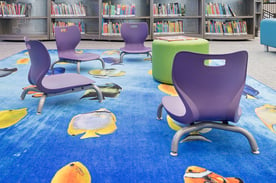
Example: use a colorful carpet and a variety of seating to create an active floor space for reading or discussion.
-
Flexible Learning Zones
Provide diverse zones that cater to different learning styles. Incorporate collaborative areas, quiet study nooks, and interactive zones to accommodate the multifaceted ways in which Gen Z and Gen Alpha engage with information.
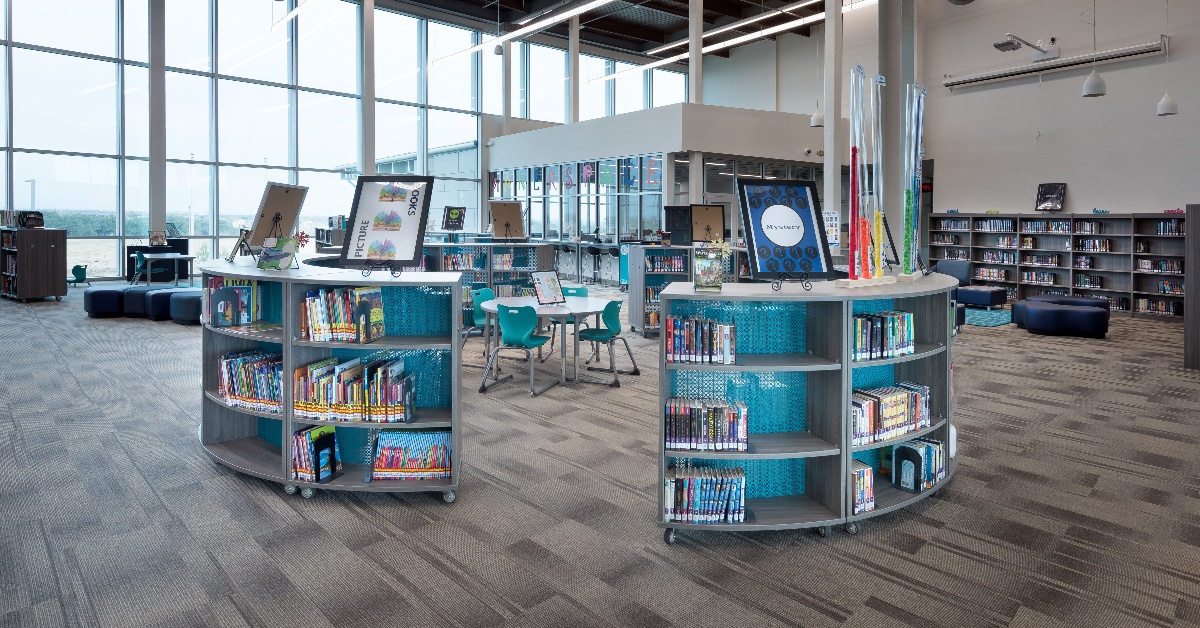
Example: break up space with mobile shelving and create zones for a variety of activities: reading, group projects, maker activities, and individual quiet work.
-
Connection and Community
Create spaces that foster human connection. Social engagement is not solely confined to online platforms; libraries can offer gathering spaces, small groups learning labs, and collaborative environments to nurture community bonds.
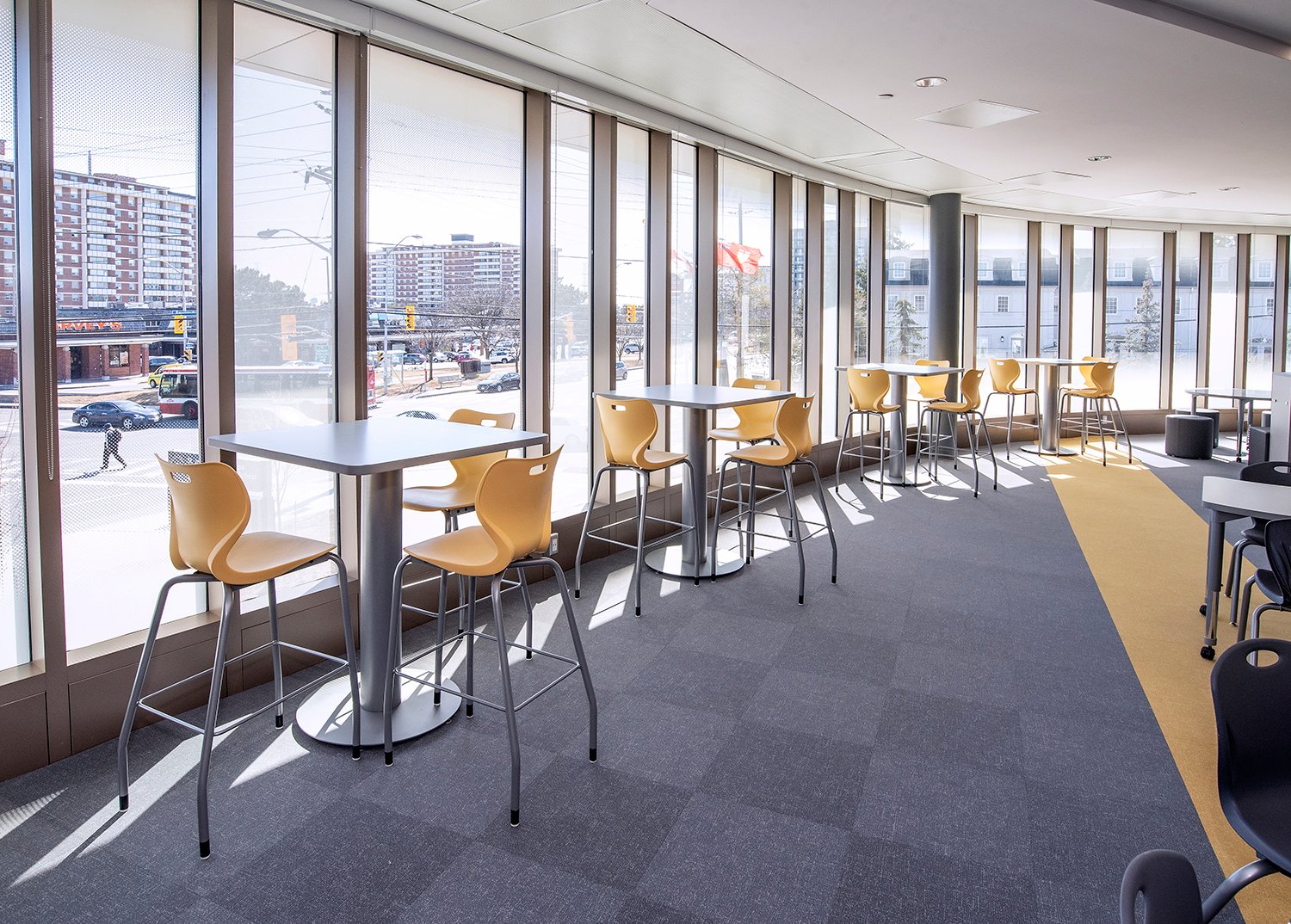
Example: develop a "coffee shop" mentality and organize areas where small groups can interact face-to-face and with the world outside their walls.
-
Personalized Learning
Technology allows for personalized learning experiences. Libraries can incorporate tools that offer tailored recommendations, allowing digital natives to explore subjects aligned with their interests.
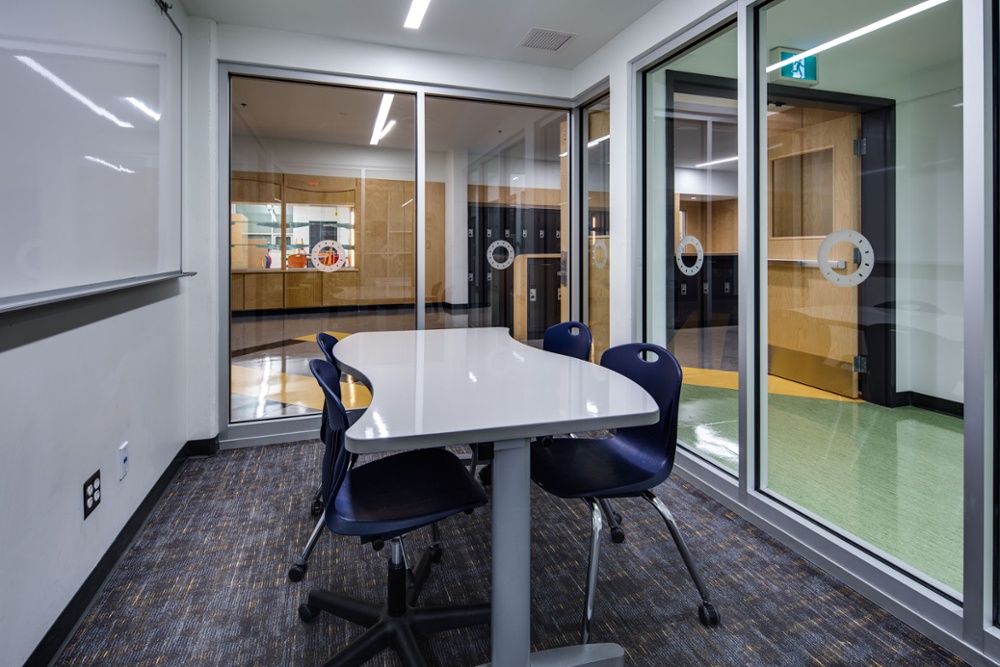
Example: create breakout rooms where students can participate in remote learning and interactive activities without disturbing others who are also using the space.
-
Visual Storytelling
Curate visual narratives that showcase the library's offerings. Display success stories, user-generated content, and artistic expressions to highlight the diverse ways in which the library contributes to personal growth and community enrichment.
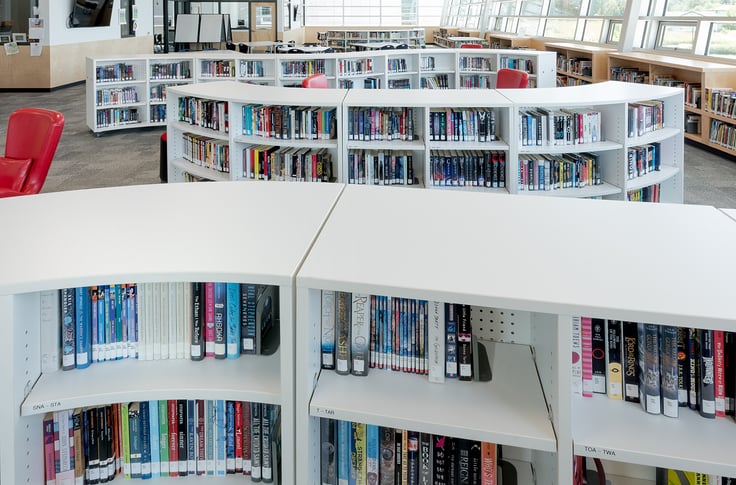
Example: adopt a retail mindset when displaying "merchandise". Use open shelving and tables that are easily accessible to put materials within reach of all students.
-
User-Centered Spaces
Engage users in the design process by incorporating elements they find visually and physically appealing. Encourage feedback and collaboration to create spaces that resonate with them. Allowing mobility lets the users "re-create" the space to work for them as they need to.
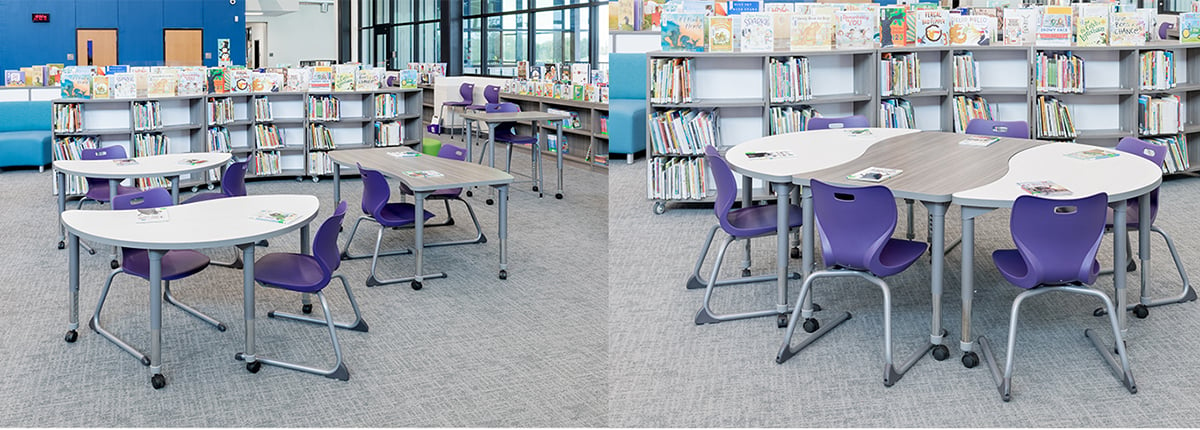
Example: use desks and tables that configure in a variety of ways to meet the needs of the users.
Cultivating Meaningful Interactions
The transformation of library spaces into dynamic learning environments requires careful planning and consideration. As digital natives evolve, libraries must evolve with them, creating spaces that spark inspiration, facilitate exploration, and nurture the desire to learn. By drawing insights from retail design principles and incorporating them into library spaces, educators and designers can craft environments that truly engage, educate, and empower the students of Generation Z and Alpha. A well-designed library pro gram goes beyond the transactional and becomes transformational. It empowers students to explore, communicate, and challenge themselves, fostering a lifelong love for learning that extends far beyond the confines of physical space.
This article originally appeared in Delve Magazine, September 2023. Download the reprint.
Recent Posts
In part one of our series on thoughtful classroom design, we heard an educator’s perspective on...
In part one of our series on thoughtful classroom design, we heard an educator’s perspective on...